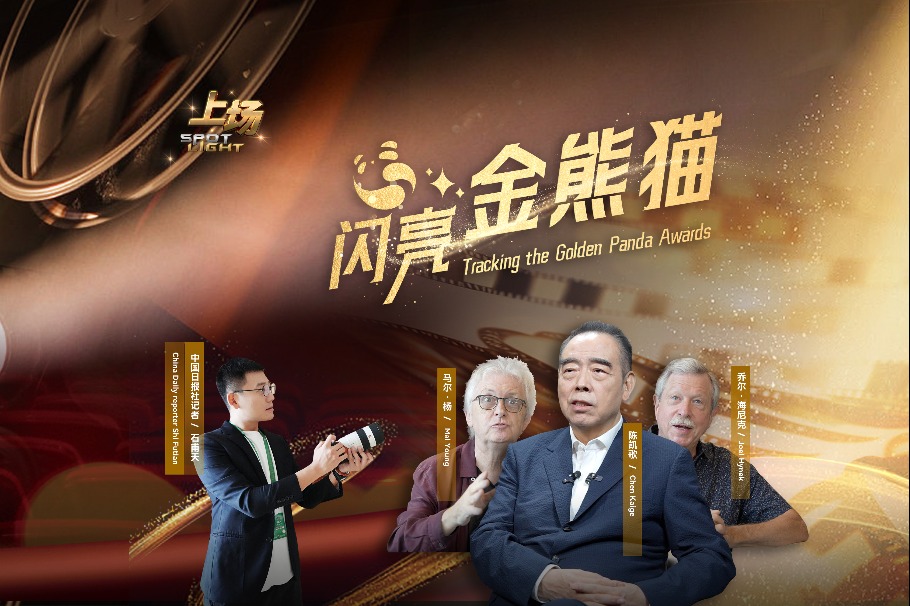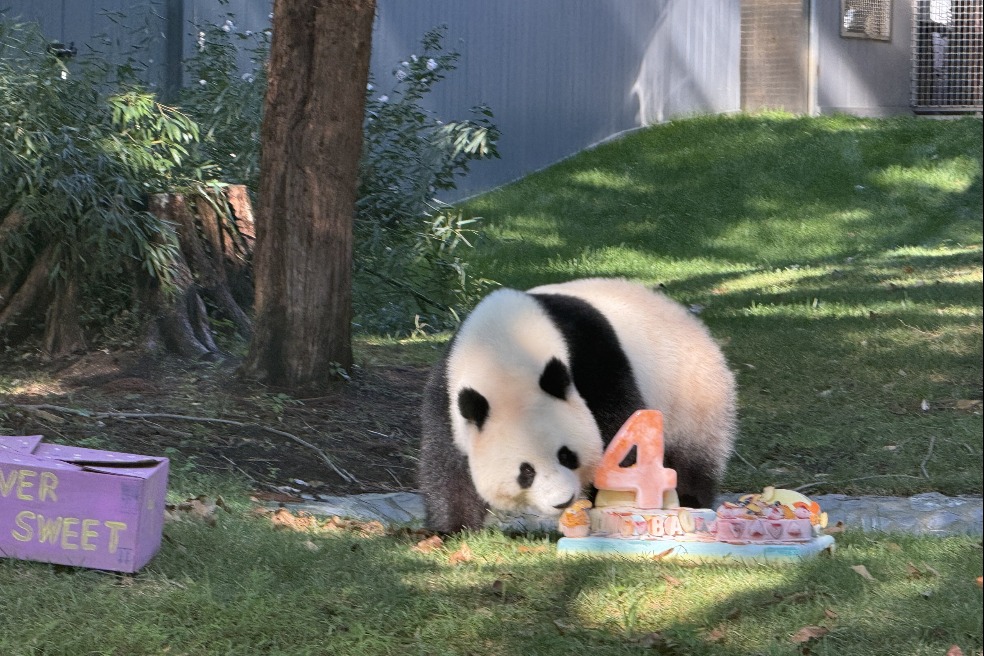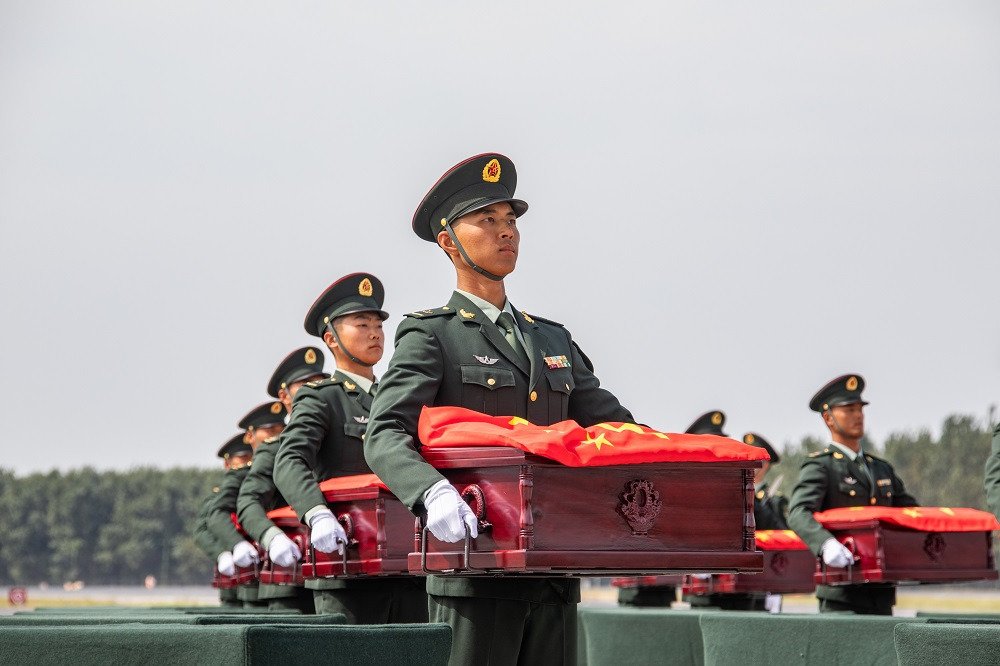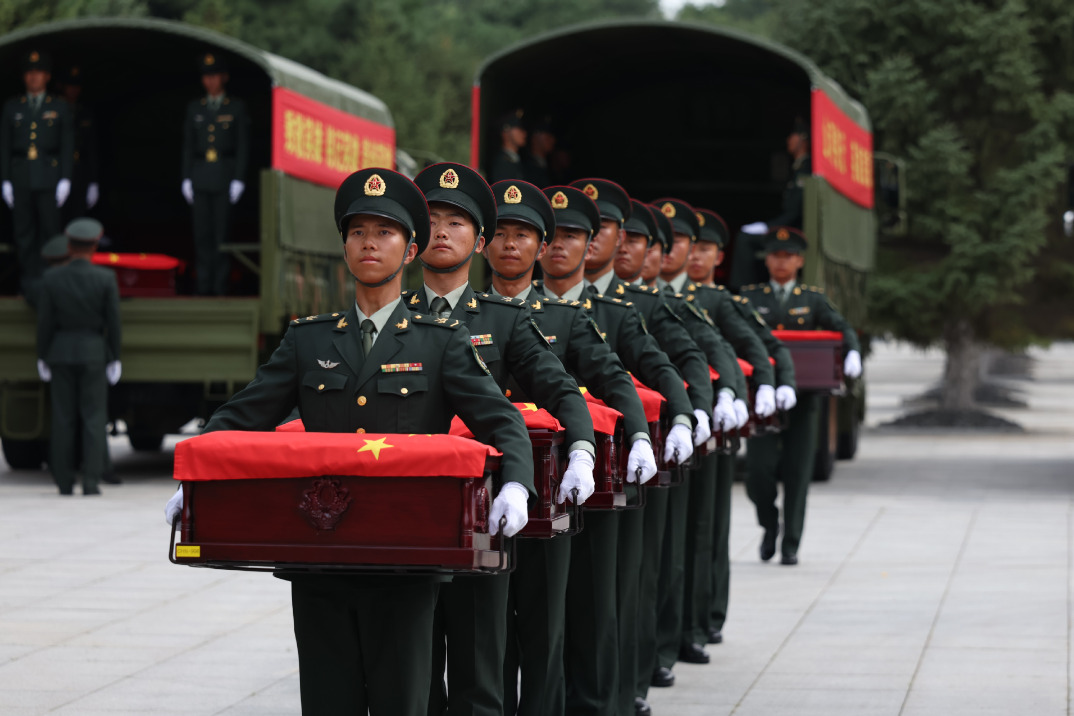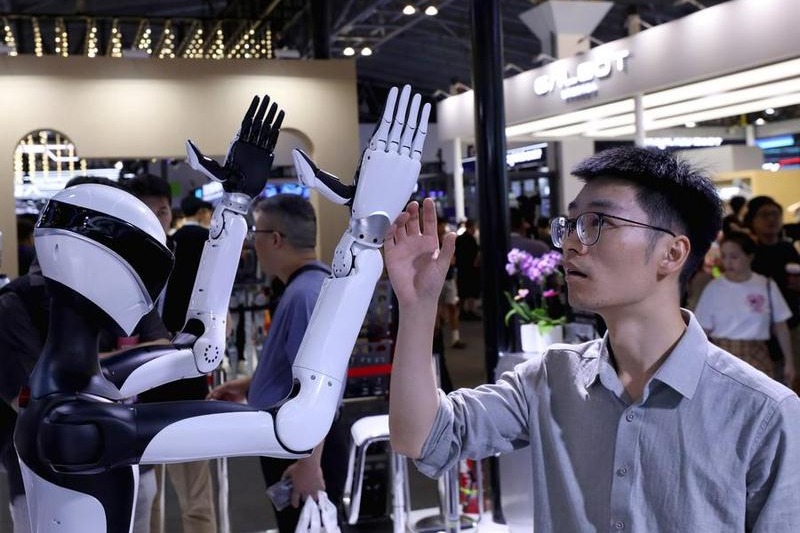Rehabilitating a shared vision
Building on the progress of the China-US relationship since the issuing of the Shanghai Communique to benefit the younger generation over the next 50 years


The week of Feb 21 to 28,1972, is etched in the annals of history. With the idea that "we came in peace for all mankind", former US president Richard Nixon visited China, a trip he considered as sacred and lofty as the moon landing of mankind.
The week would be remembered in history as the handshake between premier Zhou Enlai and president Nixon at Beijing Capital Airport came over the vastest ocean in the world, breaking the ice of more than 20 years of no communication. The week would be remembered for the issuance of Shanghai Communique, which started the normalization of China-US relations. The week would be remembered also because that visit stood for the easing of relations between the East and the West. The forces for peace were strengthened and the international strategic landscape was shifted. It was a week "that changed the whole world".President Nixon's pragmatic diplomacy culminated in this monumental visit 50 years ago, and his legacy still serves as an important reference today.
Chairman Mao Zedong and president Nixon, with a masterly grasp of the shifting international landscape, put the interests of their nations and peoples before the two countries' different ideologies and political systems to end over two decades of antagonism and hostility, and opened the door to China-US relations.
Nixon's visit is a classical example of diplomacy featuring mutual respect, seeking common ground and reserving differences.
China and the US properly handled the Taiwan question after lengthy and difficult consultations, and at the center is the one-China principle. It was the biggest consensus that the two sides could reach at that time. Without the one-China principle, there would have been no joint communiques that form the political foundation of China-US relations, and there would have been no normalization of the relations.
Now, 50 years later, the China-US relationship has come to another historical juncture. We are entering a new round of mutual exploration, understanding and adaptation, trying to find a way to get along with each other in the new era. President Xi Jinping pointed out that whether China and the US can handle their relations well bears on the future of the world. It is a question of the century to which the two countries must provide a good answer.
Recently I visited Henry Kissinger, former US secretary of state and national security adviser who accompanied Nixon on his trip, to listen to his ideas about what people can learn from president Nixon's visit. He said that Nixon had a strong understanding and keen judgment on the situation. He also told me Nixon was good at taking a historical perspective into foreign policymaking. His dialogue with Chinese leaders focused on the world order, instead of specific issues, so that those differences would not stand in the way of relations. Looking at him, a young man who is younger than 100 years old, I asked myself, how can our generation carry on the diplomatic legacy of Chairman Mao, premier Zhou, president Nixon and Kissinger? If the rapprochement 50 years ago was because the two countries shared the strategic need to counter a common threat, and their common interests outweighed their differences, then 50 years later, is there still that basis to develop relations? What are the two countries' common interests today? And who is the "common enemy"?
My answer is, the common interests between the two sides have never been as extensive as they are today. They are the over $750 billion of annual trade and millions of jobs in both countries supported by such trade. They are the over 70,000 US companies investing in China, and the array of container ships moored in Los Angeles ports that go between China and the US.They are the 300,000 Chinese students studying in the US, and the citizens who made 5 million mutual visits every year before the onset of the COVID-19 pandemic. They are also the more than 280 pairs of sister provinces, states and cities. The list goes on, and they are the bonds that keep us together.
The "common enemy" should be the major challenges concerning the survival and development of both countries and mankind, such as climate change, energy security, food security, the global development gap, pandemics, nuclear proliferation, cyberattacks, emerging technologies getting out of control, regional hotspots. The new Cold War should not be used to define the times we live in. Competition and confrontation should not be the keynote of China-US relations.
There is no denying that China and the US do compete. But how should the competition play out? I congratulate Los Angeles Rams for winning the Super Bowl this year. But China-US relations should not be like an intensely confrontational American football match. There should be no offensive team or defensive team, no touchdowns, no quarterback sacks. At the just concluded Beijing Winter Olympics, when Chinese and US athletes competed, they all performed to their best, and at the same time supported each other, and cheered for each other. A pair of Chinese curling players who lost to their US competitors presented them with gifts, and a US skier congratulated her Chinese counterpart who won gold with a warm hug and told her "I'm so proud of you".Watching their interactions, most will agree that there is no loser here, all are winners. Just as the US side stated in the Shanghai Communique: "Countries should treat each other with mutual respect and be willing to compete peacefully, letting performance be the ultimate judge." President Nixon also said when referring to ping-pong diplomacy, despite there being winners and losers in the table tennis tournament, the real winner "will be the friendship between the people of the United States and the people of the People's Republic of China".
There must be rules for competition. The Shanghai Communique and the other two Sino-US Joint Communiques are the rules that both sides must follow. The one-China principle is the unshakable political foundation for China-US relations, and a redline that must not be crossed. To realize China's complete reunification is a common aspiration and strong will of the entire Chinese people. This is determined by the trajectory of the Chinese nation, and no one can go against it. We are ready to realize peaceful reunification with utmost sincerity and efforts. "Taiwan independence" separatist forces are the biggest obstacle to China's reunification. If they are allowed to go down that dangerous path, the risks will be heightened. To maintain peace and stability, the US side should honor its commitments on the Taiwan question, and work with China to oppose and contain "Taiwan independence" separatist forces.
President Xi pointed out that China and the US must respect each other, coexist peacefully and pursue win-win cooperation. This is a guideline for the future path developed with historical wisdom. The two countries should work together to take the China-US relationship back to the right track as soon as possible, so as to deliver greater benefits to both peoples and meet the expectations of the world.
Fifty years ago, when president Nixon departed for his visit to China, he said to people who saw him off on the White House South Lawn: "If we can make progress toward that goal on this trip, the world will be a much safer world and the chance particularly for all of those 100 children over there to grow up in a world of peace will be infinitely greater." The US boys and girls present on the South Lawn were only 5 or 6 years old, just as I was back then. There was a song popular in my childhood years called Sequoia. It extols the growth of Californian redwood, which was gifts of president Nixon to China and a symbol of China-US friendship, from saplings to towering trees. I'm lucky to have lived through China's reform and opening-up and the development of China-US ties over the following five decades, and to serve as the 11th Chinese ambassador to the US now. I'm wondering about those boys and girls from 50 years ago, how are they today? I do hope to have a chance to meet them and their children, share with each other our perspectives of the 50 years of China-US relationship and its impact on each of us and its significance for the younger generation.
The author is the Chinese ambassador to the United States. The author contributed this article to China Watch, a think tank powered by China Daily. The views do not necessarily reflect those of China Daily.
Contact the editor at editor@chinawatch.cn
















